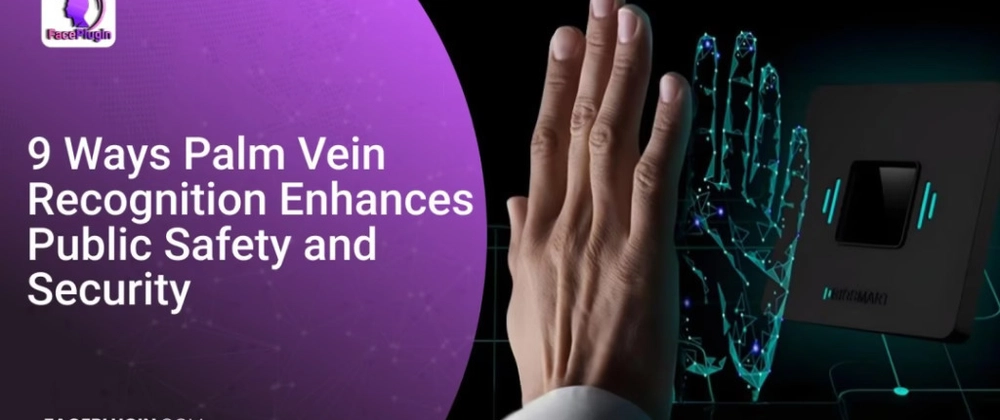9 Ways Palm Vein Recognition Enhances Public Safety and Security
Palm vein recognition is changing how we secure and verify identities in critical environments. It works by scanning the unique vein patterns, lines, and textures in the palm, providing a high level of security and accuracy.
Unlike traditional fingerprint or facial recognition, palm vein recognition uses features that are almost impossible to duplicate, giving strong protection against unauthorized access and identity theft.
Security breaches and identity theft are constant worries today, so we need contactless, hygienic, and foolproof ways to verify identities. Palm vein recognition meets these needs with a quick and non-intrusive process that also keeps hygiene top of mind – a key benefit in healthcare, public transport, and other sensitive areas.
Whether you’re securing government buildings, airports, or banks, palm vein recognition offers a smooth and reliable solution that fits a wide range of public safety needs. This article looks at how palm vein recognition is improving safety and security and shifting the way we view biometric authentication in the digital age.
What Is Palm Vein Recognition and How Does It Work?
The Technology Behind Palm Vein Recognition
Palm vein recognition captures unique palm features like vein patterns, lines, and textures. It uses advanced algorithms to process these features for authentication.
The system analyzes the vein patterns beneath the skin, which are difficult to replicate. This makes palm vein recognition highly secure and reliable.
The process works as follows:
A sensor captures an image of the palm.
The algorithm then identifies specific vein patterns.
The system compares these patterns to stored data for quick authentication.
This technology provides a high level of accuracy and speed, ensuring secure identity verification.
Contactless and Hygienic Authentication
Palm vein recognition offers a non-intrusive, contactless solution. Users simply place their palms near a sensor for quick verification. This method eliminates physical touch, which is ideal for hygiene-sensitive environments.
Key benefits:
It prevents the spread of germs and viruses.
It reduces wear and tear on hardware, as there’s no need for direct contact.
It supports a seamless user experience in high-traffic areas.
In environments like hospitals, public transportation, or retail, palm vein recognition ensures both security and hygiene. It addresses today’s growing need for safe, efficient authentication methods.
9 Ways Palm Vein Recognition Enhances Public Safety and Security
1. Unmatched Security with Palm Vein Patterns
Palm vein recognition offers unique security, thanks to palm vein patterns. These veins are deep inside the skin, almost impossible to copy. Unlike other biometrics, palm veins are internal and hidden, making them secure. This feature fights identity fraud and unauthorized access.
Each person has a unique vein pattern.
Veins stay the same throughout a person’s life.
Their internal nature makes them almost impossible to replicate.
Palm vein recognition is one of the most secure biometrics, perfect for environments with high-security needs, like government offices or airports.
Read full article here.
https://faceplugin.com/palm-vein-recognition-public-safety-security/

